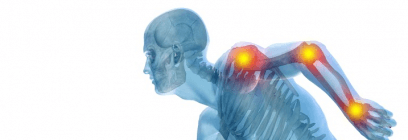One of the main techniques used to alleviate dyspnea in physical therapy is the application of regulated breathing activities. These exercises often focus on abdominal breathing, which encourages patients to use their diaphragm rather than their upper chest muscles when inhaling. This method helps to increase lung volume and effectiveness. Additionally, pursed-lip breathing is another approach that can be beneficial. This method requires inhaling through the nose and exhaling slowly through compressed lips, which can assist to keep airways clear longer and render breathing feel easier. By incorporating these exercises into therapy sessions, physical therapists can provide patients with tools to control their dyspnea both during and outside of their sessions.
Another important element of managing breathing difficulties in physical therapy is the creation of an individualized exercise program. Tailoring exercises to meet the individual needs and capabilities of each patient is crucial. Therapists should slowly introduce aerobic activities, such as ambulating or biking, in a controlled physical therapy for hypermobility manner, allowing patients to develop their endurance over a period. This progressive method helps patients to feel more at ease with physical activity while simultaneously improving their lung capability and overall stamina. It is vital for therapists to observe patients closely during these exercises to make sure they are not overexerting themselves, which could result to increased shortness of breath.
Education also plays a major role in reducing dyspnea during physical therapy appointments. Providing patients with information about their ailment and the mechanisms behind dyspnea can empower them to take control of their health. Therapists can explain how elements like anxiety, posture, and environmental conditions can influence breathing. By comprehending these concepts, patients can discover to control their issues more effectively. Techniques such as stress reduction methods and proper body posture can additionally assist in minimizing the impact of breathing difficulties during daily activities and therapy sessions.
In conclusion, effectively alleviating dyspnea in physical therapy sessions involves a mix of breathing activities, individualized exercise programs, and patient teaching. By applying these efficient approaches, physical therapists can help patients control their respiratory difficulties and improve their overall health. Collaboration between therapists and patients is essential to create customized interventions that address individual needs. With the right support and techniques, patients can find comfort from breathing difficulties and engage more fully in their physical therapy journey, eventually leading to a better standard of life.
